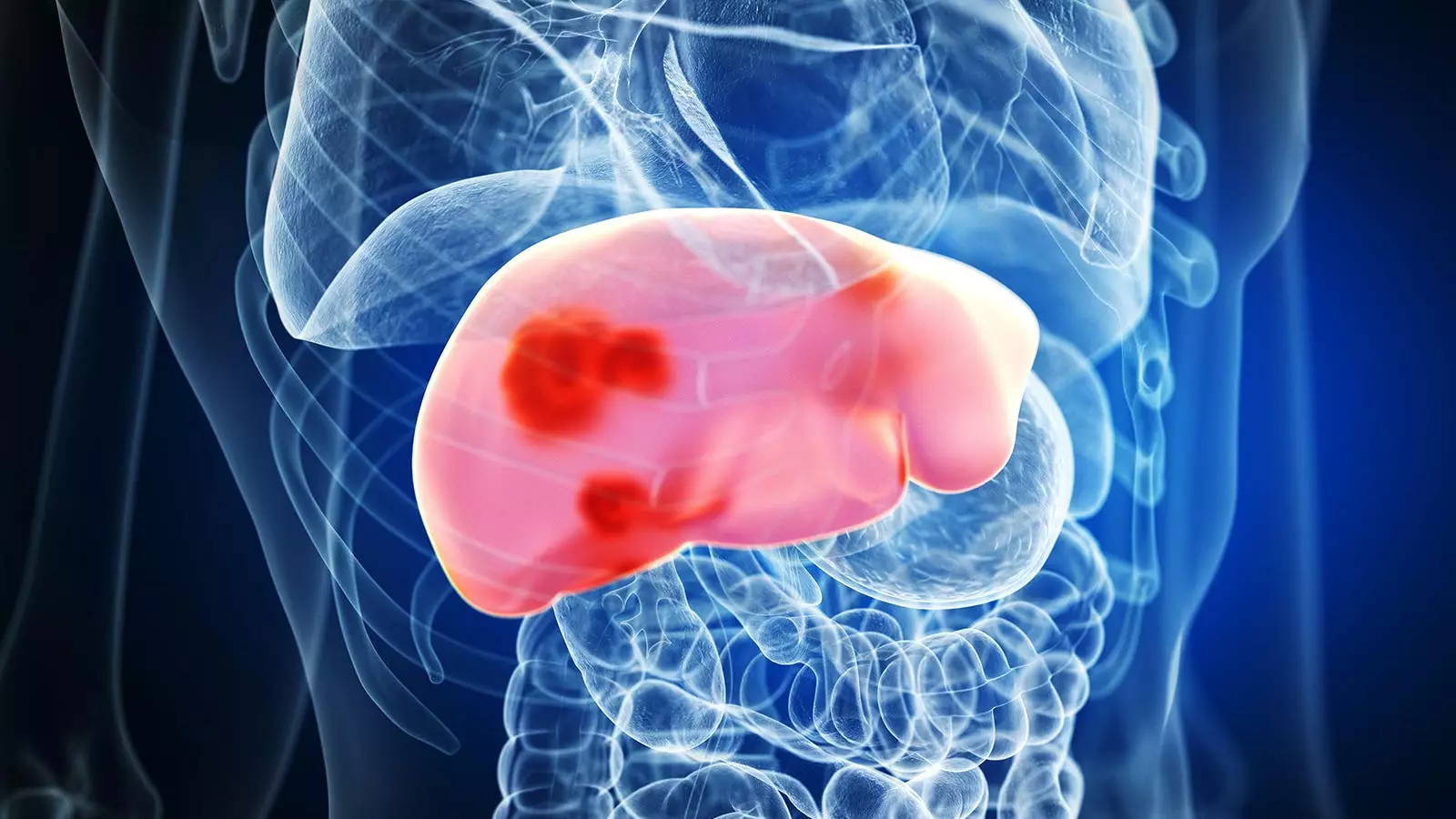Hepatocellular carcinoma (HCC) remains one of the most prominent causes of cancer-related mortality worldwide, particularly in patients with underlying chronic liver disease. Early detection of HCC is crucial for improving patient outcomes, yet the current landscape of screening methods has various inefficiencies. Recent developments in risk stratification algorithms, particularly one termed “PLEASE,” may provide a pivotal shift in identifying high-risk patients based on critical parameters.
A large multicenter study has brought attention to an innovative six-parameter risk assessment tool that can predict a patient’s likelihood of developing de novo HCC. This tool, developed by a research team led by Jonel Trebicka from Münster University, examines key factors and stratifies patients from over 2,300 cases with advanced chronic liver disease. The study revealed that patients categorized as “high-risk” demonstrated a significant cumulative risk of 15.6% for HCC within two years, contrasting sharply with just 1.7% for those classified as “low-risk.”
The PLEASE algorithm encompasses six essential criteria: a platelet count falling below 150 × 10^9/L, a liver stiffness measurement (LSM) of 15 kPa or more, an age threshold of 50 years old, male sex, and the presence of viral hepatitis either as controlled or uncontrolled. Additionally, the presence of steatotic liver diseases factors into the evaluation. High-risk identification is established when patients meet four or more of these parameters.
This stratification approach marks a significant advancement, as it offers a simple yet effective means of assessing liver disease patients in both outpatient and inpatient environments. The authors have represented the risk assessment as not just a prevention tool, but a framework for advocating more rigorous screening protocols for higher-risk patients, while allowing lower-risk individuals to undergo imaging studies at longer intervals.
While the development of the PLEASE algorithm is commendable, it is crucial to explore the broader implications of its implementation. The need for enhanced screening adherence is a critical theme echoed by editorialist Stephen L. Chan. He elaborates on the concerning statistic that only 14% of patients in a U.S. study maintained semi-annual surveillance rates, with two-thirds of patients lacking any form of screening prior to an HCC diagnosis.
This gap underscores the necessity for integrating patient education and adherence strategies with risk-based screening programs. Increased awareness about the importance of routine surveillance could potentially lead to earlier interventions and improved management of HCC.
The collaborative nature of this study, incorporating data from 17 medical centers across Germany and China, exemplifies the strength of multicenter research in bolstering the validity of clinical findings. Each participant had to meet preset criteria, ensuring a comprehensive basis for collecting reliable data on both primary laboratory results and follow-up concerning HCC development. The statistical analysis elucidated associations between key parameters—higher LSM, lower platelet counts, viral hepatitis diagnosis, steatotic liver disease presence, male sex, and advancing age—signifying their independent contributions to the risk of de novo HCC.
These observations underscore the importance of a multifaceted approach to monitoring chronic liver disease, illustrating how interconnected variables can significantly impact patient trajectories.
The advancements made through the PLEASE algorithm represent a critical development in the early detection of hepatocellular carcinoma among patients with chronic liver disease. However, the transition from theoretical risk stratification to tangible clinical outcomes will depend on rigorous adherence to screening recommendations and ongoing research. Future studies should not only evaluate the effectiveness of the PLEASE algorithm through prospective trials but also delve into strategies aimed at increasing patient compliance and healthcare provider awareness regarding the elevated risks posed by chronic liver diseases. By bridging the gap between research and practice, the medical community can pave the way for earlier diagnosis and improved prognoses for affected patients.


Leave a Reply